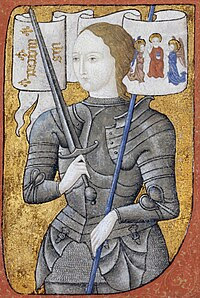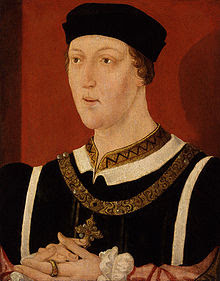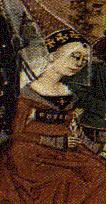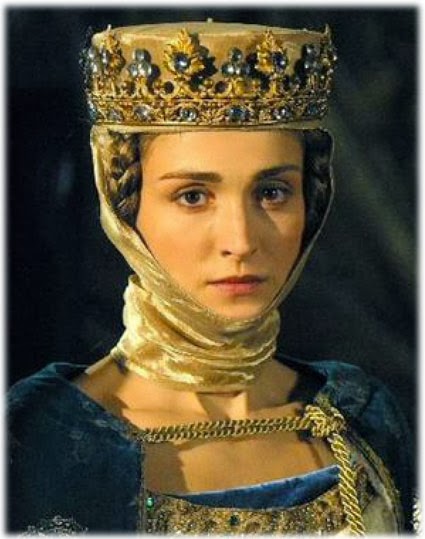
| Charles VII the Victorious | |
|---|---|

|
|
| King of France |
| Henry VI | |
|---|---|
 |
|
| King of England (more…) |
NRC Handelsblad
Sallie Harmsen speelt Jeanne d’Arc in Theu Boermans’ bewerking van dit beroemde verhaal. Over een jonge vrouw die op religieuze gronden radicaliseert en uitgroeit tot een heldin voor volk en vaderland. In de oorlog met Engeland staat de Franse koning op het punt van overgave, als een stralend meisje uit de provincie verschijnt. Friedrich Schillers romantische Jeanne d’Arc laat zien hoe de veranderlijke mens ten onder gaat aan zijn eigen absolute opvattingen. Theu Boermans regisseert het ensemble van het Nationale Toneel in deze grootse voorstelling.
The succession in 1316[edit]
For a remarkably long period, from the inception of the Capetian dynasty in 987 until the death of Louis X in 1316, the eldest living son of the King of France succeeded to the throne upon his demise. There was no prior occasion to demonstrate whether or not females were excluded from the succession to the crown. Louis X died without a son, but left his wife pregnant. The king’s brother, Philip, Count of Poitiers, became regent. Philip prepared for the contingencies with Odo IV, Duke of Burgundy, maternal uncle of Louis X’s daughter and prospective heiress, Joan. If the unborn child was male, he would succeed to the French throne as king; if female, Philip would maintain the regency until the daughters of Louis X reach their majority. There was opportunity for either daughter to succeed to the French throne.
The unborn child proved to be male, John the Posthumous, to the relief of the kingdom. But the infant lived for only a few days. Philip saw his chance and broke the agreement with the Duke of Burgundy by having himself anointed at Reims in January 1317 as Philip V of France. Agnes of France, daughter of Saint Louis, mother of the Duke of Burgundy, and maternal grandmother of the Princess Joan, considered it an usurpation and demanded an assembly of the peers, which Philip V accepted.
An assembly of prelates, lords, the bourgeois of Paris and doctors of the University, known as the Estates-General of 1317, gathered in February. Philip V asked them to write an argument justifying his right to the throne of France. These “general statements” agreed in declaring that “Women do not succeed the kingdom of France”, formalizing Philip’s usurpation and the impossibility for a woman to ascend the throne of France, a principle in force until the end of the monarchy. The Salic law, at the time, was not yet invoked: the arguments put forward in favor of Philip V relied only on the degree of proximity of Philip V with St. Louis. Philip had the support of the nobility and had the resources for his ambitions.”
https://en.wikipedia.org/wiki/ Salic_law#Applications_of_the_ succession_and_inheritance_ laws
ORIGINELE BRON
WIKIPEDIA
SALIC LAW
After her encounter with Charles in March 1429, Joan of Arc set out to lead the French forces at Orléans. She was aided by skilled commanders such as Étienne de Vignolles, known as La Hire, and Jean Poton de Xaintrailles. They compelled the English to lift the siege on 8 May 1429, thus turning the tide of the war. The French won the Battle of Patay on 18 June, at which the English field army lost about half its troops. After pushing further into English and Burgundian-controlled territory, Charles was crowned King Charles VII of France in Reims Cathedral on 17 July 1429.”
https://en.wikipedia.org/wiki/
ORIGINELE BRON
WIKIPEDIA
CHARLES VII OF FRANCE
https://en.wikipedia.org/wiki/
[28]
WIKIPEDIA
JOAN OF ARC




